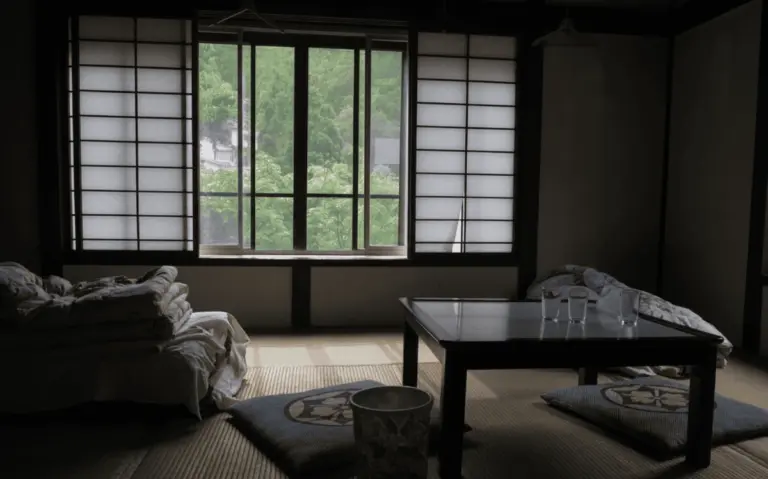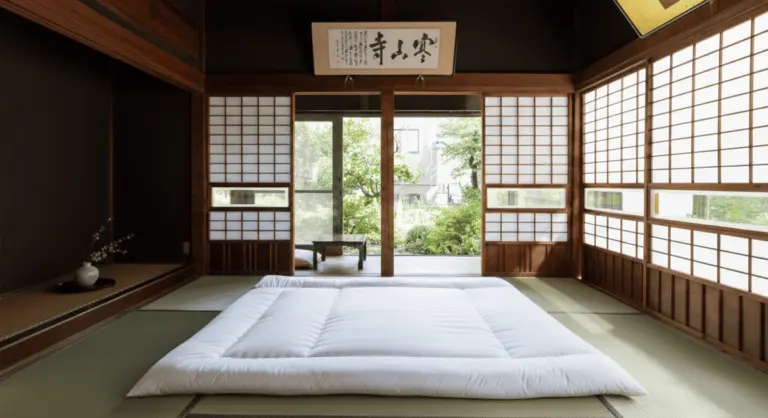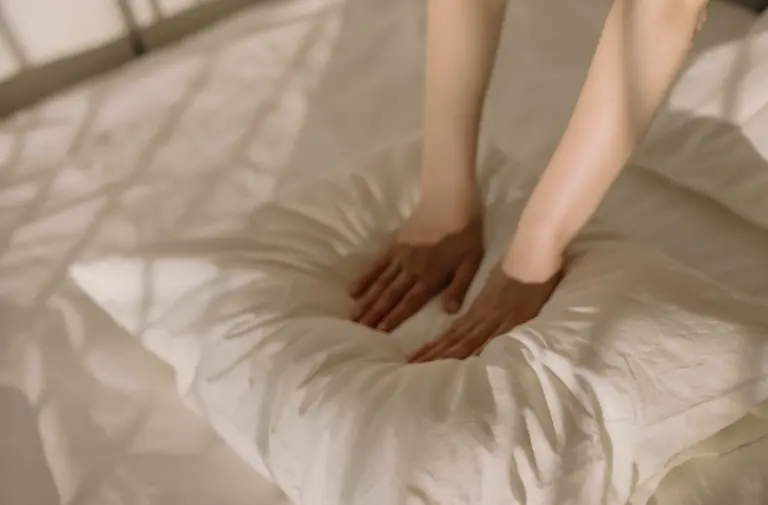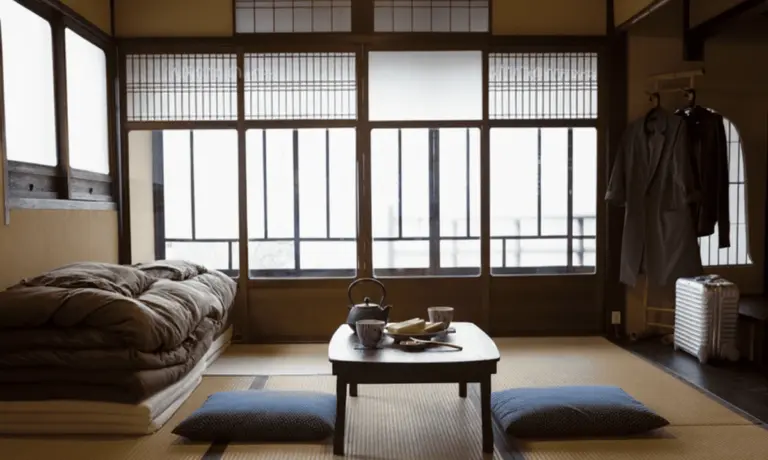Best Japanese Comforter: Top Picks for Every Season
Sleep Well Year-Round: The Best Japanese Comforters, from Light to Warm
If you’re shopping for the best japanese comforter, you’re probably balancing warmth, breathability, and easy care across four seasons. Japanese bedding is designed around layering and climate, so the right pick feels cool in summer yet cozy in winter. Below, we explain what to look for and share our favorite options—from ultra-light to deep-winter warm.
What makes a Japanese comforter “Japanese”?
Japanese comforters (often called kakebuton) emphasize breathable shells, thoughtful quilting to prevent shifting, and seasonal weights. Instead of one heavy insert for the whole year, the philosophy is to choose the least insulation you need and layer up only when temperatures drop. This approach is why many sleepers call a kakebuton the best japanese comforter for mixed climates—it’s practical, lightweight, and deeply tied to Japan’s idea of harmony with the seasons.
How to choose by climate and season
Start with your room temperature, not just the weather outside. As a rule of thumb:
- Summer (≥75°F / 24°C): feather-light down or gauze-style synthetic.
- Spring/Fall (64–74°F / 18–23°C): all-season down or high-loft microfiber.
- Winter (≤63°F / 17°C): higher fill-power down or dual-layer construction.
Also consider your personal comfort: hot sleepers should favor lighter fills and cotton shells, while cold sleepers can layer an extra blanket or move up a warmth level. The beauty of Japanese bedding is that it invites customization—no single setup fits everyone.
Our top picks: Lightweight → All-season → Warm
- EMOOR Lightweight Down Comforter — Summer-friendly loft with breathable cotton cover; great for humid climates.
- MUJI All-Season Down Duvet (Light Warmth) — Simple, minimalist shell; pairs well with duvet covers for easy weekly care.
- FULI Japanese Comforter (All-Season) — Futon-ready sizing with balanced loft; works on beds or tatami setups.
- airweave Warm Down Comforter — Premium baffle construction for consistent warmth; ideal for cooler rooms.
- Nishikawa Heavyweight Down Comforter (Winter) — High fill power and tight quilting for serious cold.
Size and fit: avoid cold spots
Japanese sizes (Single/Semi-Double/Double) differ slightly from U.S. Twin/Full/Queen. When in doubt, size up to ensure full coverage and reduce edge drafts, especially if you move often during sleep.
Quick sizing guide (approx.)
| Bed | Good fit suggestion |
|---|---|
| Twin / Japanese Single | Twin or Japanese Single comforter |
| Full / Semi-Double | Full/Queen or Japanese Semi-Double |
| Queen | Queen (size up if sharing) |
| King | King (warm sleepers can drop a weight level) |
Care and storage tips
Always use a removable cover and wash it weekly. Air out the insert under sunlight to restore loft—avoid strong midday sun for extended periods. During off-season storage, keep your comforter in a breathable cotton bag with a desiccant pack. These small habits keep a kakebuton fresh for years, turning daily care into a quiet ritual of mindfulness.
FAQs
Q: Down or synthetic—what’s better?
Down offers superior warmth-to-weight and drape, while synthetics are easier to wash and allergy-friendly.
Q: Do I need a top sheet?
Most Japanese sleepers skip it: cover + comforter only. It simplifies care and feels cleaner.
Q: Can I use a Japanese comforter on a Western bed?
Yes. Just match sizing carefully, or size up slightly for full coverage.
A Final Thought
Sleeping beneath a Japanese comforter feels different—not just because of its weight, but because of its rhythm. The fabric breathes, the air moves, and warmth builds slowly, like quiet light filling a room. It’s comfort that doesn’t demand attention, only presence.
A good night’s rest, after all, isn’t about luxury—it’s about harmony.



